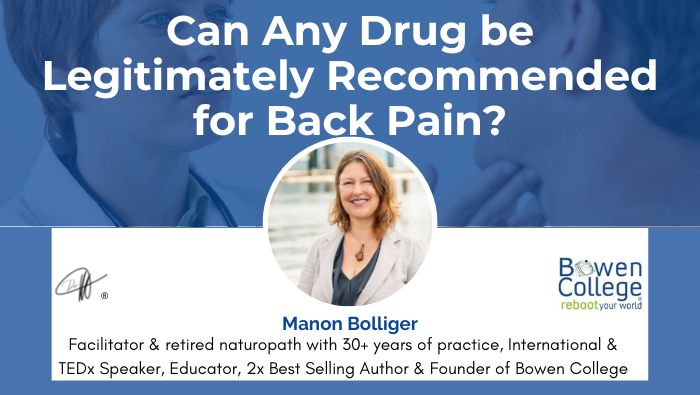A 2003 systematic review of antidepressant treatment for chronic back pain concluded they produce only moderate symptom reduction (Staiger et al., 2003). Another recent review concluded that many drugs used for back pain are no more, or only slightly more, effective than placebos. Others have side effects that outweigh the pain relief benefit. On the basis of the evidence, no drug regimen can be legitimately recommended for back pain. (Bogduk, 2004) The World Health Organization Advisory Panel likewise concluded that there is no single treatment superior to others for relieving chronic back pain. (Ehrlich, 2003)
Similarly, researchers Wand and O’Connell have commented: “[Relevant] patients have back pain yet no conservative or surgical pain-relieving measures directed at the back appear effective. They display a number of biomechanical abnormalities, however treatment directed at normalizing lumbar biomechanics has little effect, and there is no relationship between changes in outcome and changes in spinal mechanics. Finally, these patients demonstrate some psychological problems, but psychologically-based treatments offer only a partial solution to the problem. A possible explanation for these findings is that they are epiphenomena, features that are incidental to a problem of neurological reorganisation and degeneration.’’ (Wand and O’Connell, 2008)
Looking at the studies, it is possible that the frame of reference may be too small to see the bigger picture: people who have experienced pain can be pain-free and that a comprehensive approach combining manual therapy, nutritional support and humanistic doctor-patient relationships may just be the key.
As we’ll see in my next post, this brings us back full circle to our earlier discussion of the mind-body connection.









